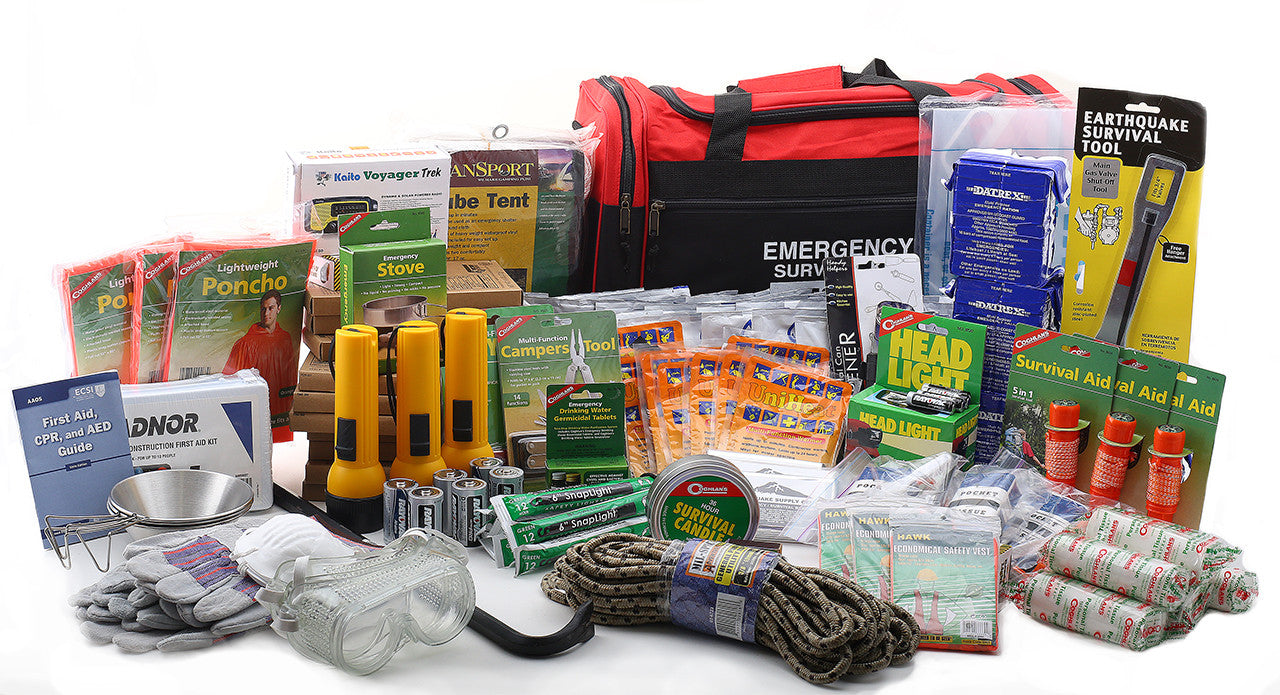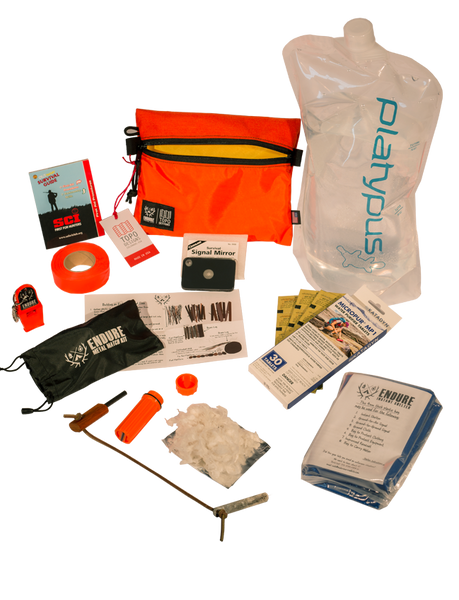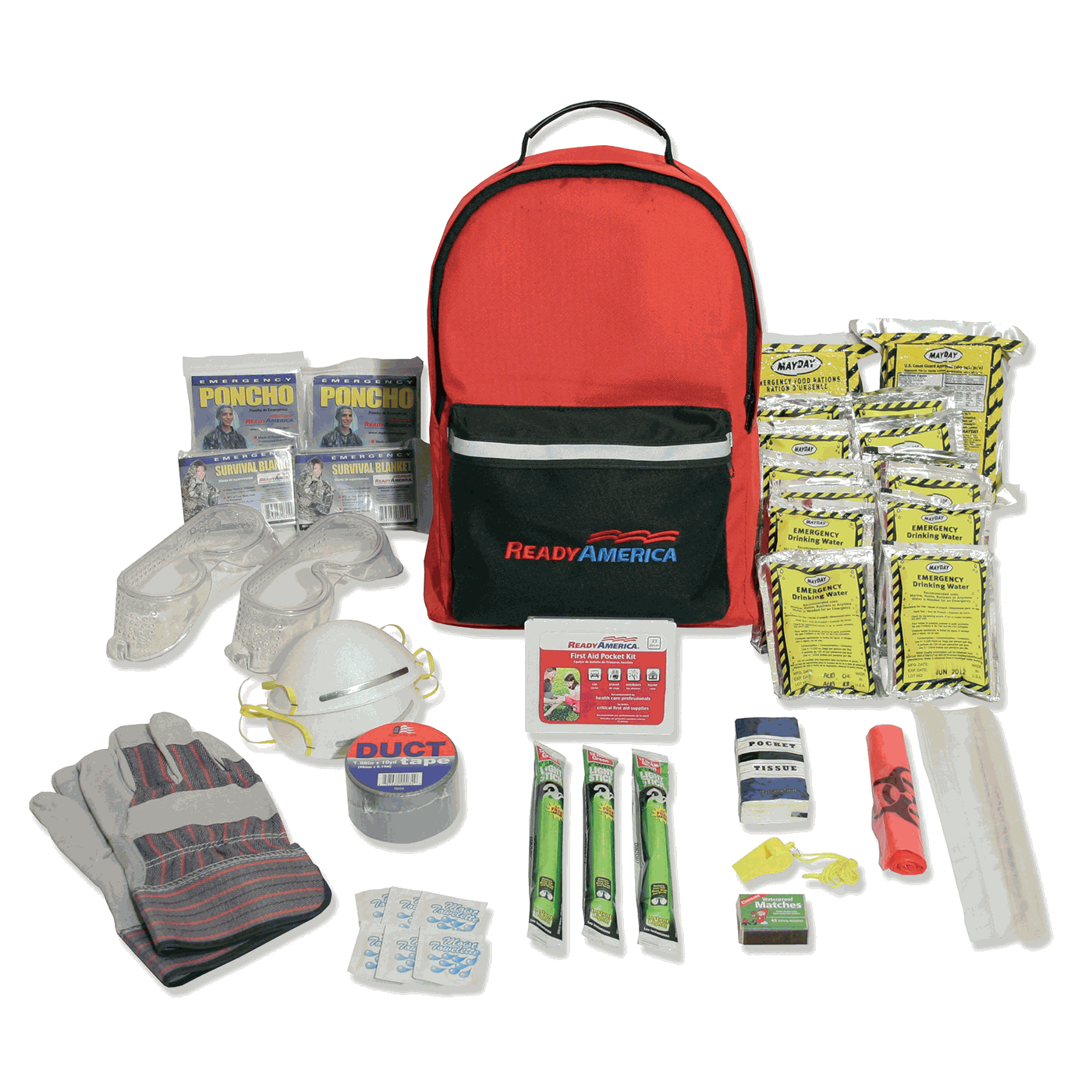Await Anything: Emergency Preparedness Tips for every single Scenario
Await Anything: Emergency Preparedness Tips for every single Scenario
Blog Article
Mastering the Art of Emergency Situation Preparedness: Specialist Tips
In today's uncertain world, the ability to properly navigate emergencies is an ability that holds tremendous value. Whether it be a natural disaster, a medical emergency situation, or a sudden situation, being prepared can make a considerable distinction in the end result. Grasping the art of emergency situation readiness calls for a combination of knowledge, preparation, and tactical thinking (this contact form). By diving into skilled pointers and best practices, communities and people can outfit themselves to not just respond but also recover promptly and effectively despite misfortune.
Importance of Emergency Readiness
Emergency situation preparedness is a vital facet of making certain the safety and security and wellness of people and communities despite unforeseen disasters and emergency situations. EMERGENCY PREPAREDNESS. Being prepared can considerably alleviate the impact of all-natural disasters, accidents, or other situations that might occur. By having a well-thought-out emergency plan in position, individuals and neighborhoods can react properly, possibly lessening and conserving lives damages
One key factor why emergency readiness is very important is that it helps in minimizing panic and complication during a situation. They are extra likely to stay tranquil and make sensible choices in demanding scenarios when individuals are mindful of what to have and do practiced emergency treatments ahead of time. This can result in an extra effective and orderly feedback, helping in the protection of lives and building.
In addition, emergency situation preparedness promotes durability within neighborhoods. By investing time and resources right into preparedness procedures such as training, drills, and infrastructure enhancements, neighborhoods can jump back faster after a catastrophe. This durability is crucial for long-term healing and sustainability, ensuring that neighborhoods can withstand future emergencies.

Structure a Comprehensive Emergency Situation Strategy
Because of the important function emergency situation readiness plays in minimizing the impact of catastrophes and cultivating area strength, the foundation for reliable response hinges on building a detailed emergency situation strategy. EMERGENCY PREPAREDNESS. A comprehensive emergency strategy serves as a roadmap for organizations and areas to efficiently coordinate resources, react to situations, and make sure the security and health of people during emergencies
Secret elements of a detailed emergency strategy include threat assessment, recognition of prospective dangers, facility of communication procedures, classification of functions and obligations, and routine training and drills. By carrying out extensive risk evaluations, companies can identify susceptabilities and prioritize areas for reduction. Establishing clear communication methods guarantees that details is distributed successfully throughout emergencies, promoting timely decision-making. Assigning duties and roles clears up the pecking order and promotes a collaborated action initiative. Regular training and drills help acquaint people with emergency treatments, ensuring a swift and effective action when a situation takes place. Ultimately, an extensive emergency strategy contributes in boosting preparedness, action capacities, and total strength in the face of disasters.
Vital Products and Resources
When planning for prospective catastrophes, guaranteeing access to essential products and sources is vital for effective emergency response and strength. Stockpiling on non-perishable food products such as canned goods, healthy protein bars, and dry goods is crucial to maintain individuals and family members throughout times of dilemma when access to fresh food might be why not check here limited (Check This Out). Furthermore, maintaining an adequate water system, with at least one gallon per individual per day for a minimum of three days, is crucial for hydration and sanitation requirements
Fundamental medical supplies including bandages, bactericides, drugs, and an initial help set are important for dealing with injuries and diseases that may take place throughout emergency situations. Flashlights with additional batteries, a multi-tool, and blankets should additionally be consisted of in emergency situation supply sets to provide light, help in navigating, and make sure warmth and comfort.

Communication Strategies Throughout Emergencies
Reliable interaction techniques play a critical role in making sure precise and timely circulation of information during emergency situations. Concise and clear communication is necessary for coordinating reaction initiatives, giving instructions to the public, and keeping everybody informed regarding the progressing scenario.
Throughout emergencies, it is very important to assign an agent or a main interaction group to make certain consistency in messaging and avoid confusion. This designated individual or team must be trained in situation interaction and efficient in supplying details in a tranquil and calming fashion. Additionally, establishing a system for two-way interaction can help collect real-time responses from the affected people and resolve their demands better.
Moreover, utilizing technology such as emergency situation alert systems and interaction applications can enhance the dissemination of essential information and facilitate rapid response initiatives. By carrying out these interaction techniques, organizations and communities can improve their emergency readiness and reaction capabilities, ultimately saving lives and minimizing the impact of calamities.
Training and Method for Readiness
An essential element in guaranteeing readiness for emergencies is the implementation of routine training and practice sessions to boost feedback abilities and readiness - Bonuses. With regular training, emergency situation responders can familiarize themselves with procedures, devices procedure, and decision-making procedures, inevitably improving their effectiveness during dilemmas
Educating sessions need to resemble realistic emergency scenarios to offer responders with hands-on experience in a controlled atmosphere. These simulations enable people to practice their functions, test communication systems, and determine areas for enhancement without the pressure of a genuine emergency.
Routine drills and exercises also help teams build communication and control, making certain that every person recognizes their duties and can interact flawlessly when confronted with a dilemma. Furthermore, debriefing sessions complying with training exercises allow for positive responses and the chance to pick up from any mistakes made.
Verdict
To conclude, grasping the art of emergency readiness calls for a comprehensive strategy, crucial materials, efficient communication approaches, and routine training. By prioritizing preparedness and taking aggressive steps, individuals and areas can much better reply to emergencies and minimize prospective risks - EMERGENCY PREPAREDNESS. It is critical to remain informed, remain prepared, and continually enhance emergency feedback techniques to ensure the safety and security and well-being of all people involved

In conclusion, mastering the art of emergency readiness needs a thorough strategy, essential supplies, efficient communication methods, and routine training.
Report this page